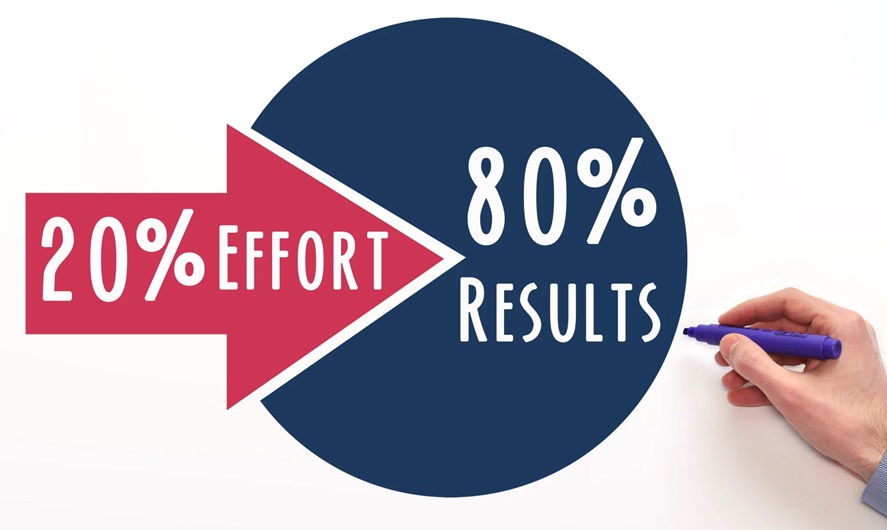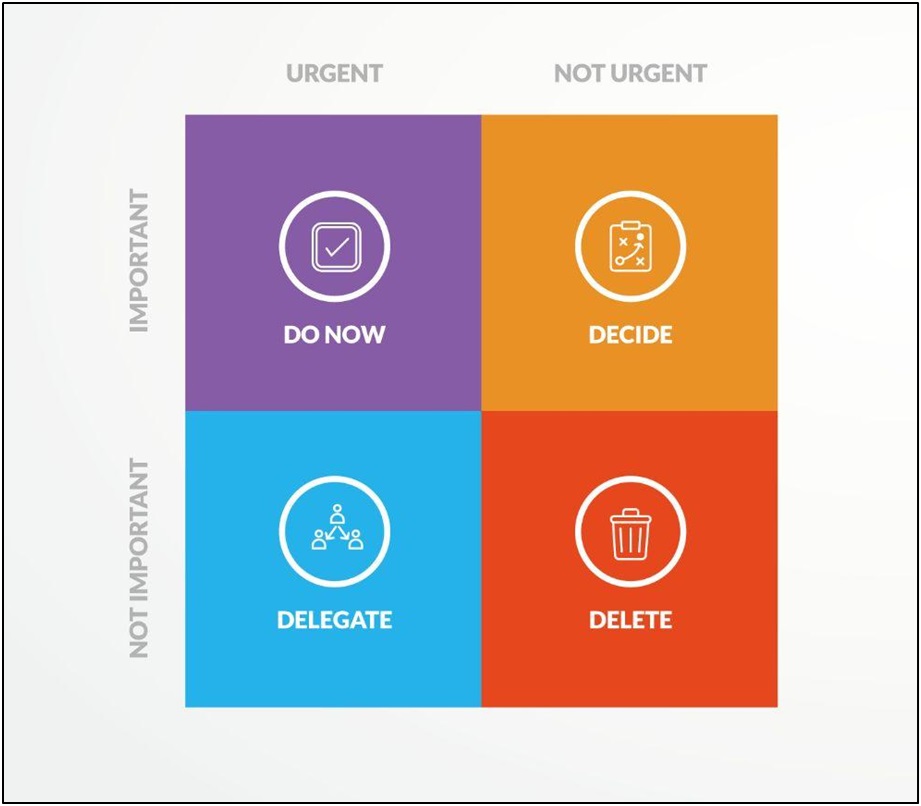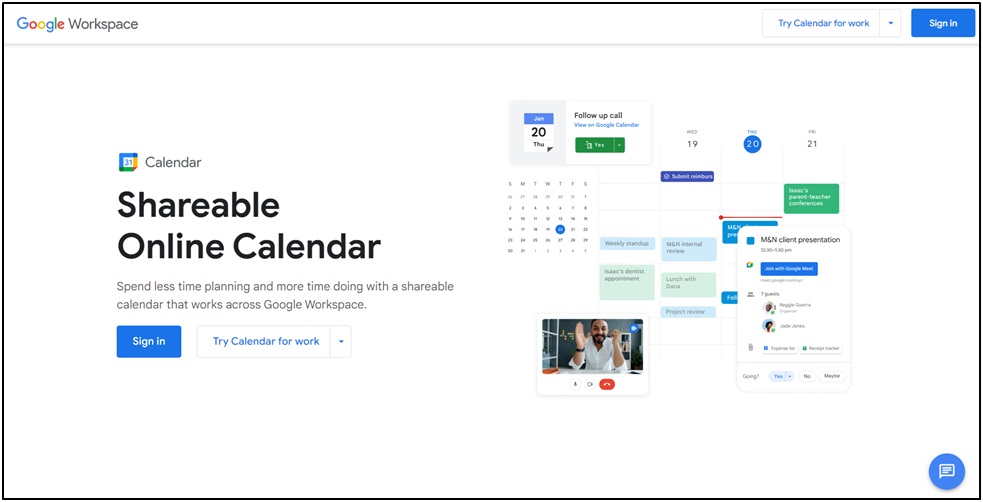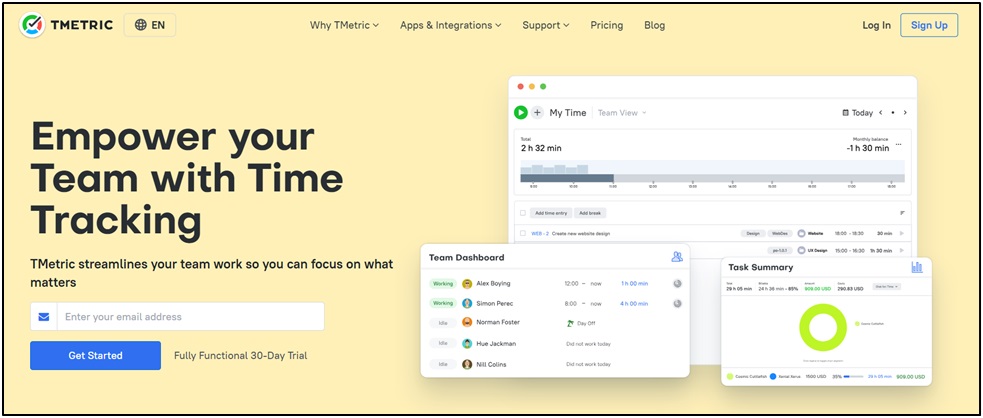Are you struggling to meet deadlines, overwhelmed by multitasking, or feeling like there's never enough time in the day?
You're not alone.
Today, effective time management is important. Many people struggle to prioritize tasks, manage schedules, and maximize productivity.
Here, we will explore some practical strategies and powerful tools to help you solve the chaos, optimize time, and achieve goals effortlessly.
Time management means planning how to use your time wisely. The goal is to get more done in less time and with less stress. Good time management helps you meet your goals and succeed at work and in life. It involves setting clear goals, deciding which tasks are most important, and using tools and methods to stay organized.
Choosing the right time management tools is important for staying productive. With these tools, you can plan your day, track progress, and stay focused on your goals. Here are some tools to help you boost productivity:
-
Time Tracking Tools: These tools help you see how you spend your time. They are useful for identifying time-wasting activities and improving productivity.
-
Scheduling Tools: These tools help you plan your day, week, or month. They ensure you allocate time for important tasks and avoid double-booking.
-
Task Management Tools: These tools help you organize your tasks and projects. They are useful for keeping track of deadlines and progress.
-
Productivity Tools: These tools help you stay focused and reduce distractions. They can include apps that block distracting websites or remind you to take breaks.
To make the most of your time and boost productivity, it's important to follow effective time management practices. These simple strategies help you prioritize tasks, stay focused, and do more in your day-to-day life. Here are some practical techniques to help you manage your time more efficiently.
1. Pareto Analysis (a.k.a., the 80/20 rule)

The Pareto Analysis, also known as the 80/20 rule, is a simple yet effective way to manage your time better. It suggests that roughly 80% of your results comes from 20% of your efforts. This principle applies to many areas of life, including productivity and time management.
How it works?
-
Identify What Matters Most: Start by figuring out the tasks or activities that make the biggest difference in reaching your goals. These are the "vital few" that have the most impact.
-
Focus on What Gives You the Most: Once you know what's most important, prioritize those tasks. Spend more time and energy on activities that give you the best results.
-
Cut Out or Pass on Less Important Stuff: Not all tasks are equally valuable. Identify the ones that don't contribute much to your goals and consider getting rid of them or passing them on to someone else. This frees up time and energy for what really matters.
-
Keep Checking in and Adjusting: Stay on top of things by regularly reviewing your priorities. As your circumstances change, be ready to shift your focus and priorities accordingly.
2. Pomodoro Technique

The Pomodoro Technique is a popular time management method. It helps individuals boost focus and productivity by breaking work into intervals. By dedicating focused attention to tasks during these intervals, known as "Pomodoros," and adding short breaks, it allows effective time management and longer productivity.
How it works?
-
Set a Timer: Select a task you want to focus on and set a timer for 25 minutes. This time interval is called a "Pomodoro."
-
Work on the Task: Focus solely on the task at hand until the timer rings. Avoid any distractions or interruptions during this set time.
-
Take a Short Break: When the timer goes off, take a short break, typically 5 minutes. Use this time to relax, stretch, or grab a drink.
-
Repeat the Process: After your short break, start another Pomodoro by setting the timer for another 25 minutes. Repeat the cycle until you complete four Pomodoros.
-
Take a Longer Break: After completing four Pomodoros, take a longer break, typically 15–30 minutes. Use this time to recharge before starting the next set of Pomodoros.
3. Eisenhower Matrix

The Eisenhower Matrix, also known as the Urgent-Important Matrix, is a handy tool for managing your time. It helps you decide which tasks to tackle first by considering how urgent and important they are. By dividing tasks into four categories, from urgent and important to neither, it gives you a clear way to prioritize and make the most of your time.
How it works?
-
Quadrant 1: Urgent and Important: Tasks in this quadrant are both urgent and important and require immediate attention. These tasks should be completed as soon as possible to avoid negative consequences.
-
Quadrant 2: Important but Not Urgent: Tasks in this quadrant are important for long-term goals but are not immediately pressing. Allocate time to complete these tasks to prevent them from becoming urgent in the future.
-
Quadrant 3: Urgent but Not Important: Tasks in this quadrant are urgent but not important in the grand scheme of things. Delegate or minimize these tasks to focus on more critical activities.
-
Quadrant 4: Not Urgent and Not Important: Tasks in this quadrant are neither urgent nor important. These tasks are often time-wasters and should be eliminated or minimized to free up time for more meaningful activities.
4. Eat That Frog
The "Eat That Frog" technique is a clever way to tackle your toughest task right away, especially the one you tend to put off. By starting with this challenge in the morning, you set a positive tone for the day and build momentum. This straightforward approach helps beat procrastination and boosts productivity, making it easier to manage your time effectively.
How it works?
-
Identify Your Frog: Determine the task that is most important but also the one you're most likely to avoid or procrastinate on.
-
Eat the Frog: Start your day by tackling this task head-on. By completing your most challenging task first, you build momentum and set a positive tone for the rest of the day.
-
Break it Down: If your frog is particularly daunting, break it down into smaller, more manageable steps. Focus on completing one step at a time to make the task less overwhelming.
-
Celebrate Your Success: Once you have eaten your frog, celebrate your accomplishment. Recognize the progress you have made and use it as motivation to tackle the rest of your tasks.
5. Time Blocking
Time blocking is a practical time management technique where you divide your day into specific blocks of time for different tasks. This method helps you prioritize your activities, minimize distractions, and focus on one task at a time. By organizing your schedule this way, you can make better use of your time and accomplish more throughout the day.
How it works?
-
Identify Tasks and Priorities: List the tasks you need to complete and organize them based on their importance and urgency.
-
Allocate Time Blocks: Once you have identified your tasks, schedule specific time blocks for each one on your calendar. Ensure you allocate enough time for each task.
-
Remove Distractions: During each time block, minimize distractions by turning off notifications, closing unnecessary tabs or apps, and creating a quiet and conducive work environment.
-
Stick to the Schedule: Stay committed to following your scheduled time blocks as closely as possible. Avoid multitasking and resist the urge to distract from your plan unless absolutely necessary.
-
Review and Adjust: Check your time blocks to assess your productivity and identify areas for improvement. At the end of each day or week, review what you have accomplished and adjust your schedule as needed to optimize your time management strategy for better efficiency.
Effective time management requires powerful tools to simplify tasks and boost productivity. These tools help organize schedules, track progress, and optimize workflows. Here, we will explore such tools to work on managing time efficiently and achieving goals.
1. Time Doctor

Time Doctor is a tool that helps individuals and teams track their work hours. It offers several features to improve productivity and manage time effectively.
How it works?
-
Time Tracking: Automatically tracks time spent on tasks and projects without needing manual entry.
-
Activity Monitoring: Keeps track of website and app usage to spot time-wasting activities.
-
Productivity Reports: Creates detailed reports to analyze work habits and find ways to be more efficient.
2. Google Calendar
These applications are among the greatest friends you could have in the field of skill and personal development.

Google Calendar is a widely-used tool for scheduling and managing time. It helps individuals and teams stay organized and keep track of important dates and tasks.
How it works?
-
Event Scheduling: Easily create events and appointments with details like time, location, and descriptions.
-
Reminders and Notifications: Set reminders and receive notifications to stay on top of your schedule.
-
Shared Calendars: Share your calendar with others to coordinate meetings and events effortlessly.
3. TMetric

TMetric is a time tracking tool designed to help individuals and teams manage their work hours and improve productivity. It offers several features that make tracking time and managing tasks straightforward.
How it works:
-
Time Tracking: Tracks time spent on tasks and projects with a simple start/stop timer.
-
Detailed Reports: Generates reports that show how time is spent, helping you analyze and optimize your workflow.
-
Billing and Invoicing: Allows for tracking billable hours and creating invoices directly from tracked time.
4. Jibble

Jibble is a time tracking tool designed for both individuals and teams to accurately track work hours and manage productivity. It offers several features that help streamline time management.
How it works?
-
Time Tracking: Allows users to clock in and out, tracking hours worked with ease.
-
Attendance Monitoring: Keeps track of attendance and time-off, making it useful for HR purposes.
-
Activity Tracking: Records time spent on different activities and tasks, helping to identify productivity patterns.
Are you using AI to drive business decisions or automate workflows?
Write for us AI solutions and share how artificial intelligence is reshaping industries.
Managing your time well is important for reaching your goals, both personal and professional. By using strategies that work and helpful tools, you can get more done and feel less stressed. Combining these techniques and tools will help you take charge of your schedule, stay organized, and achieve more each day. Start using these methods in your daily life to see how much they can improve your productivity and overall time management.